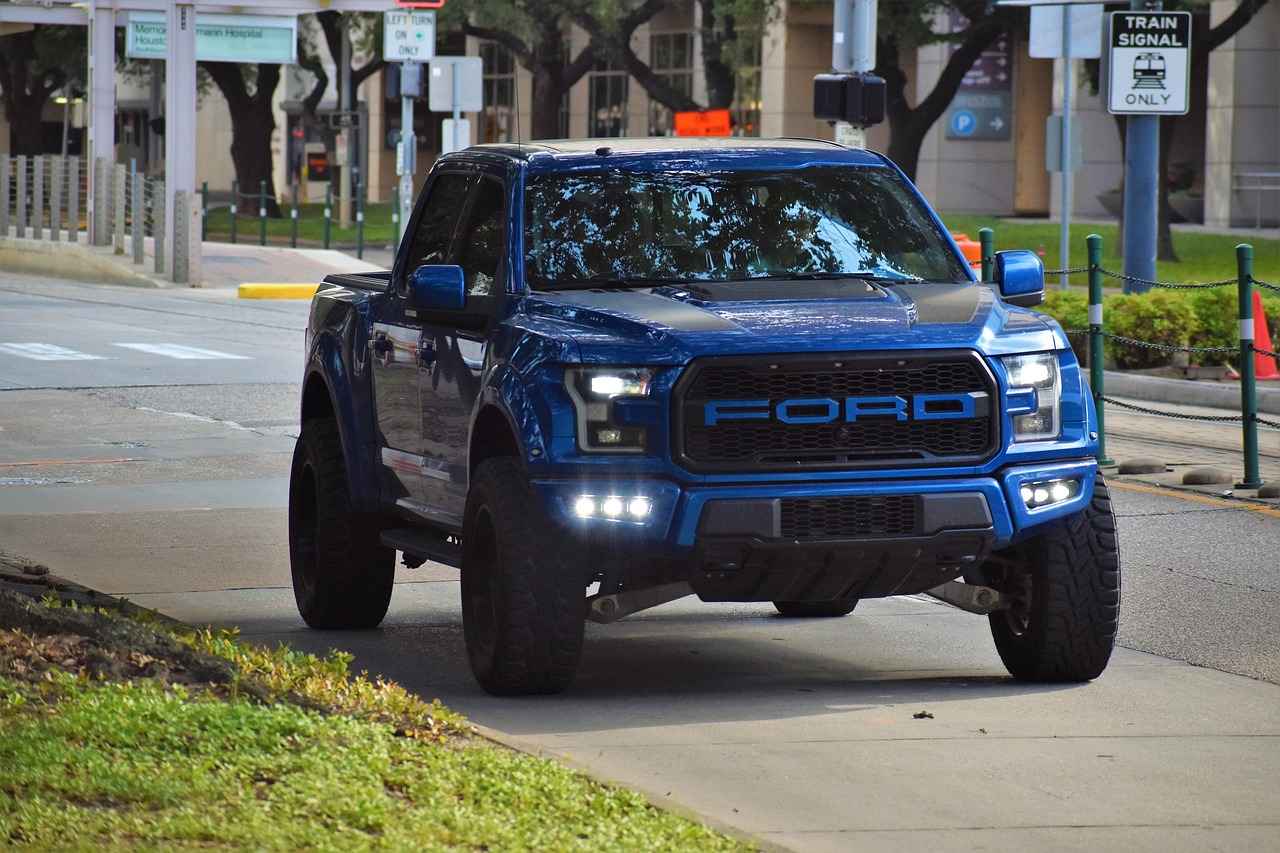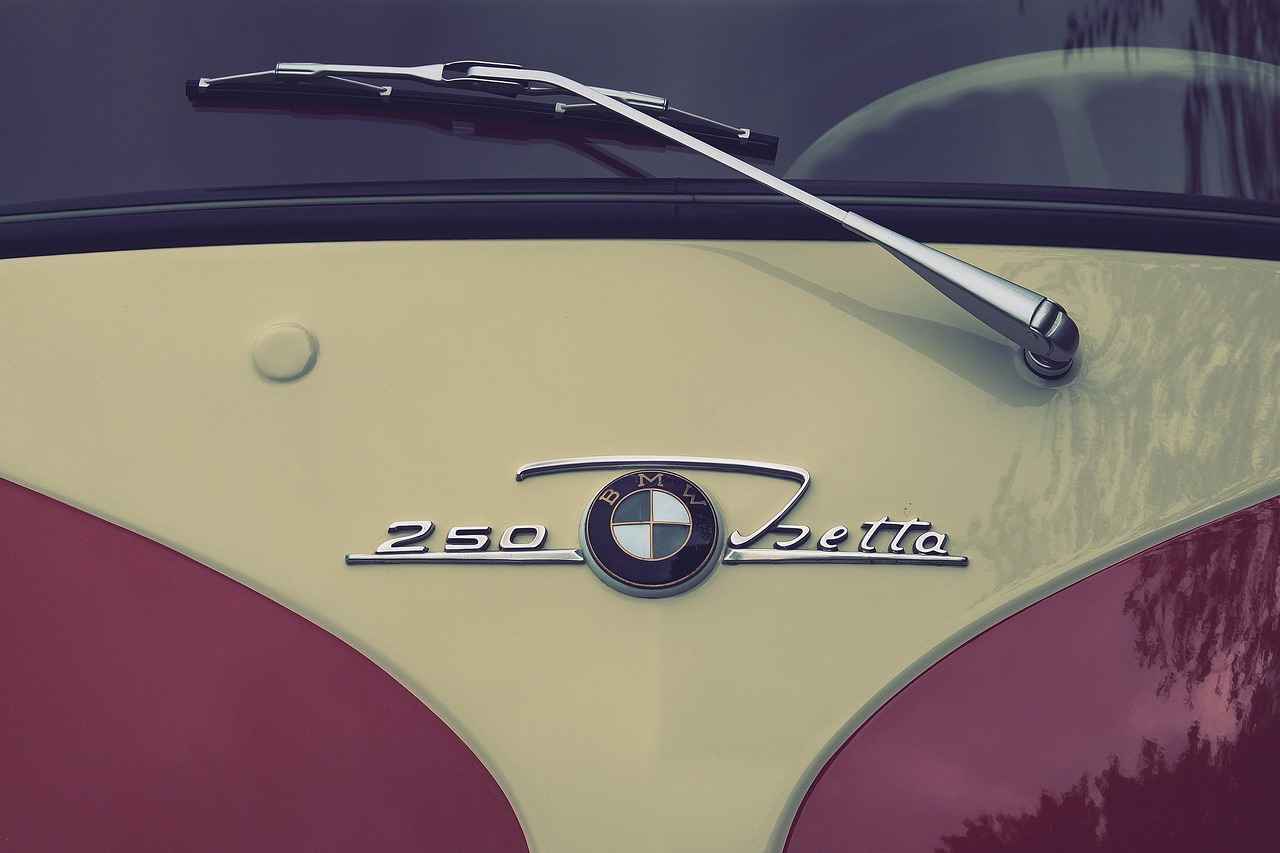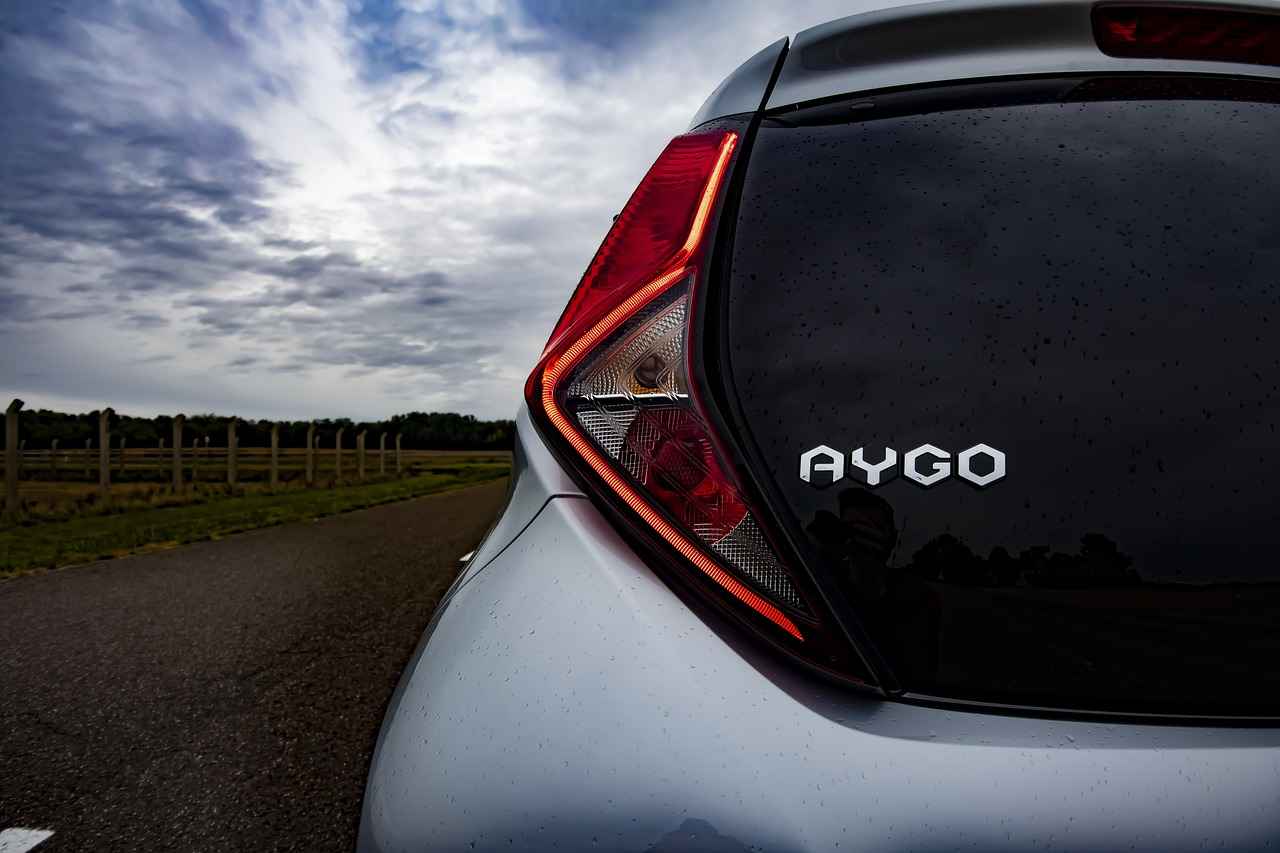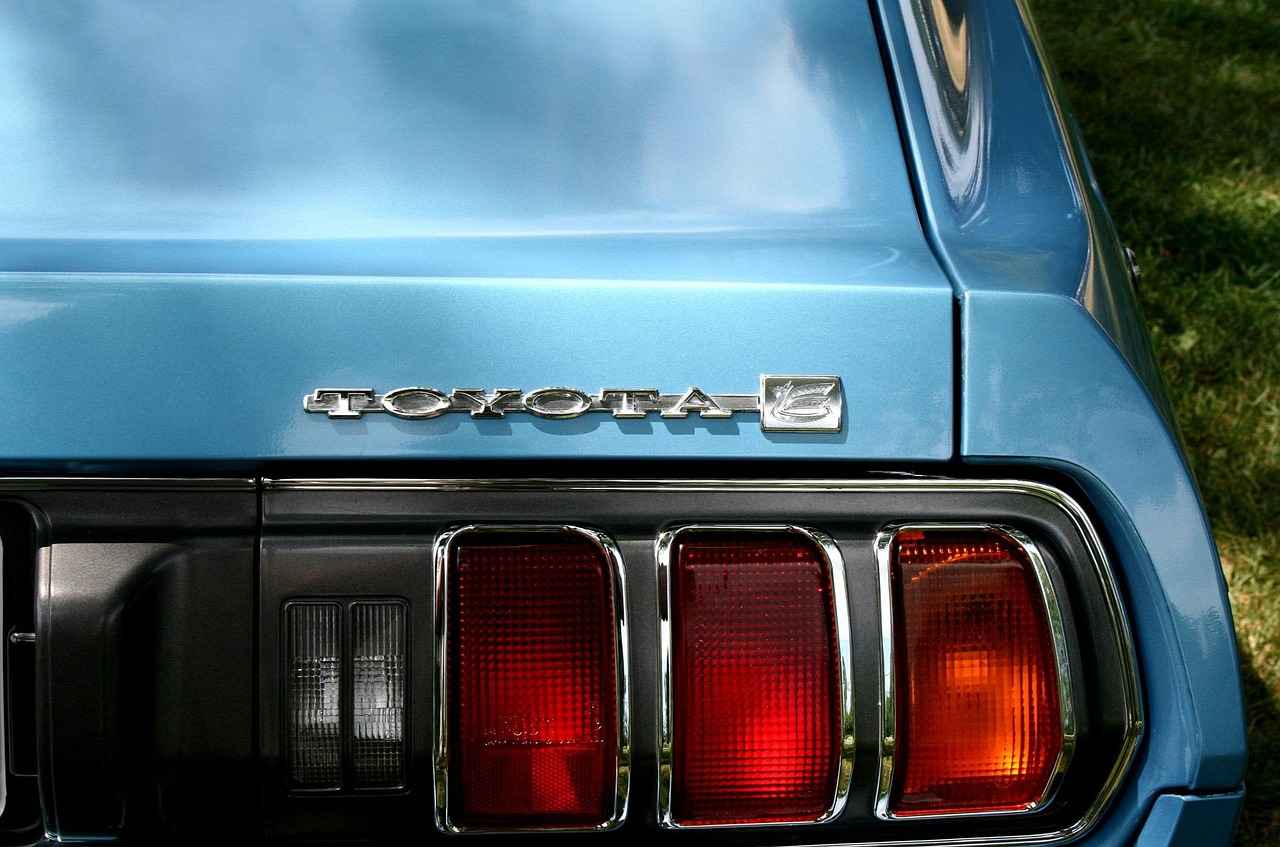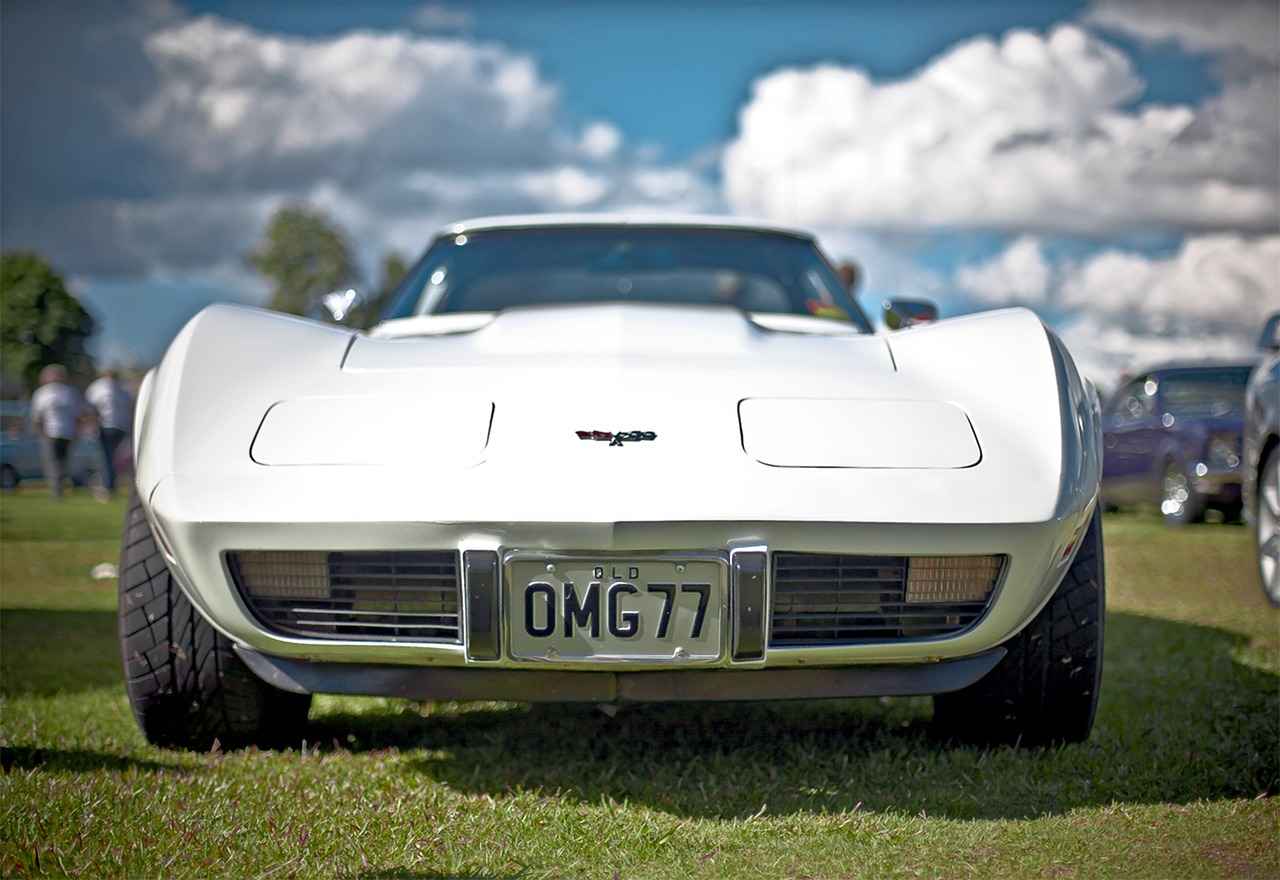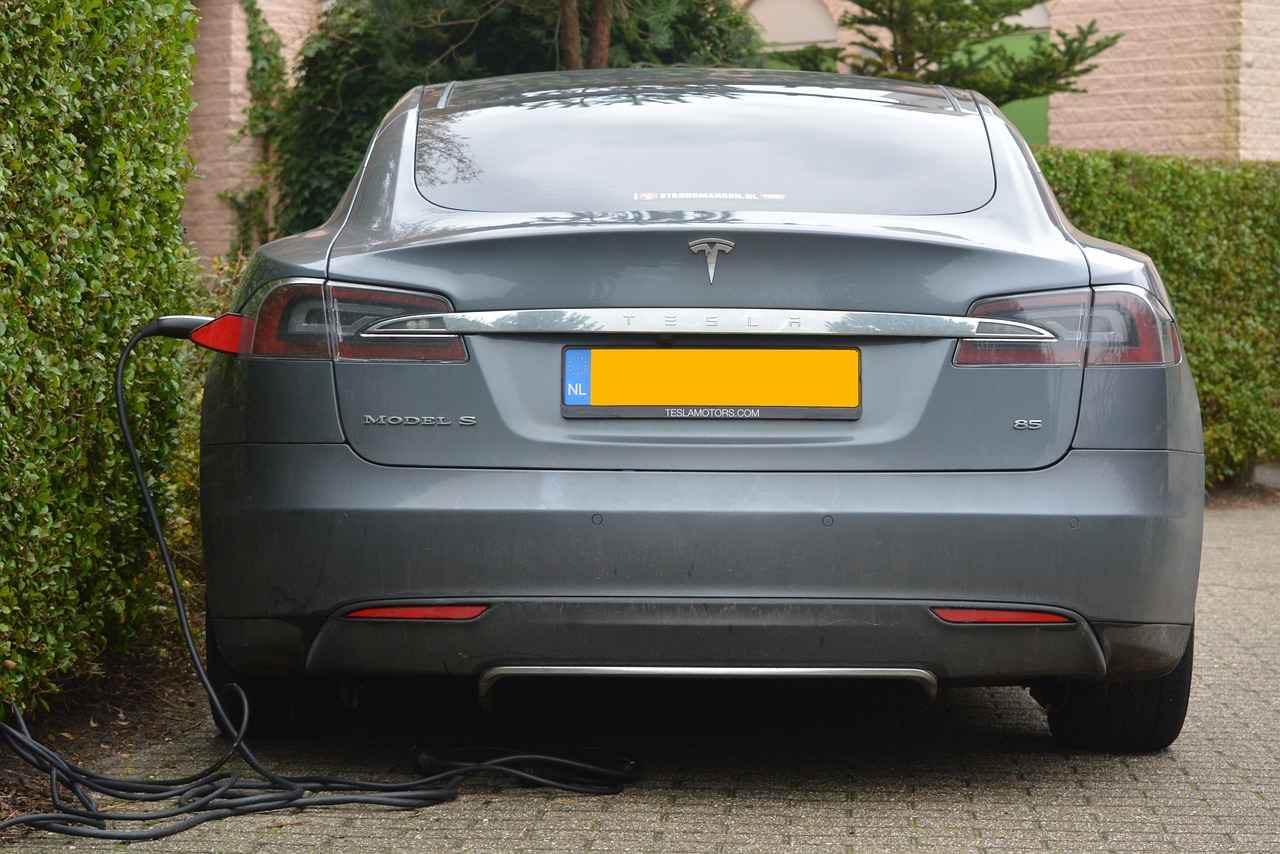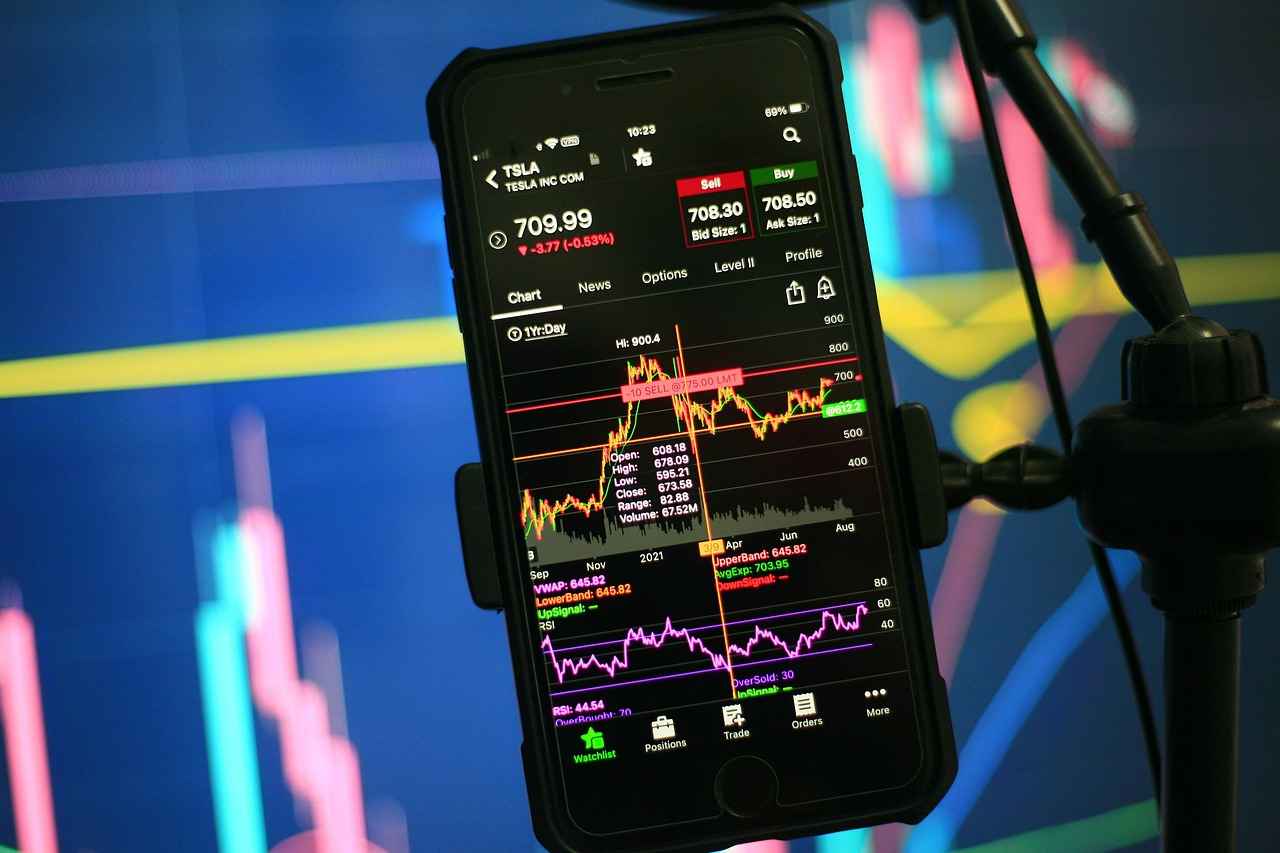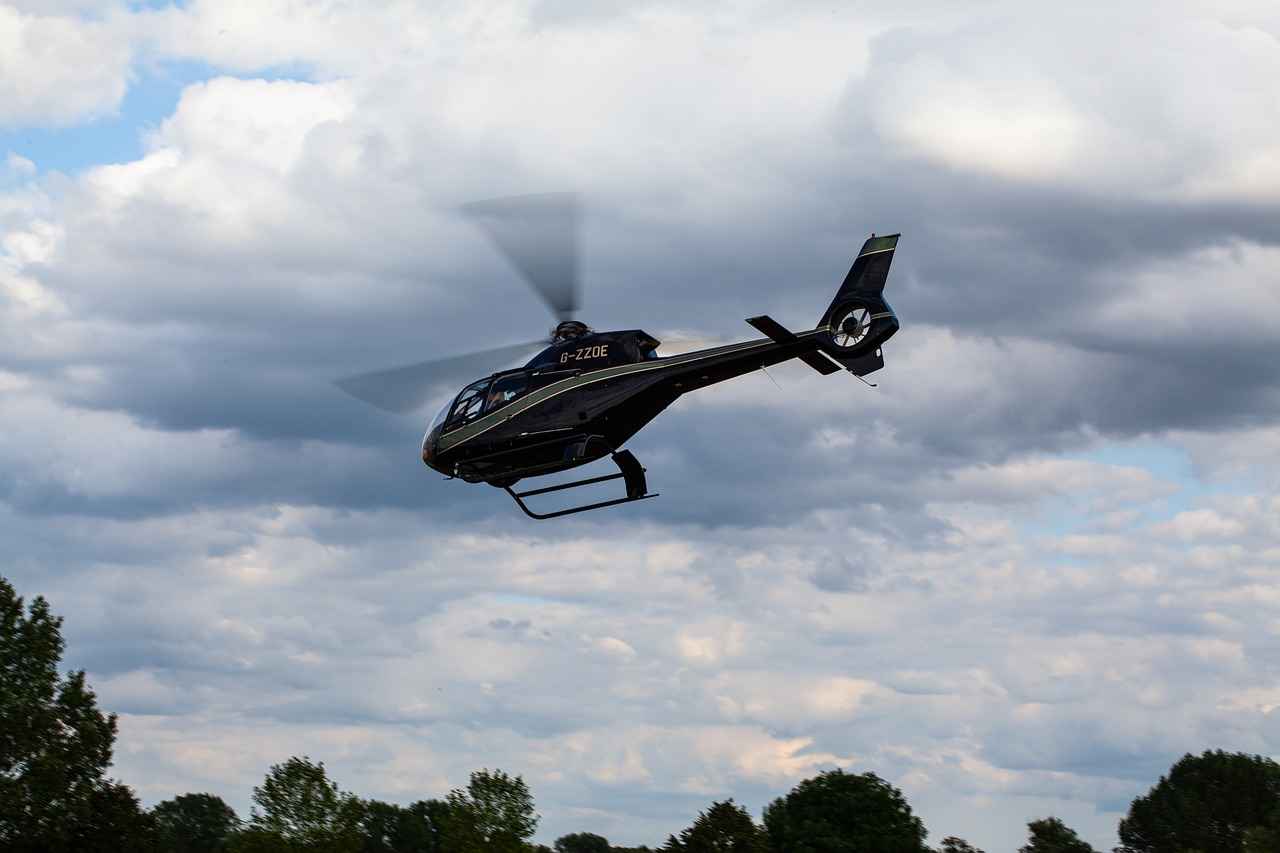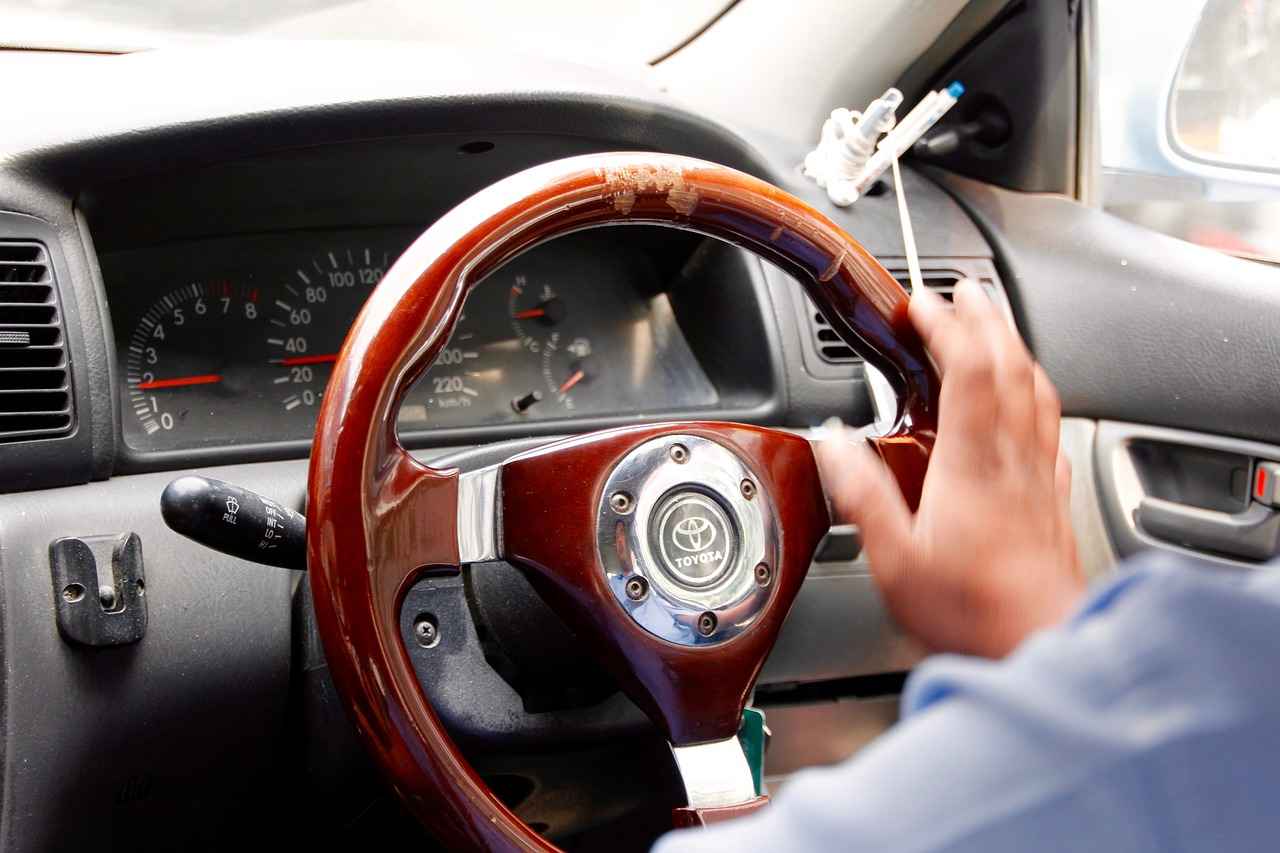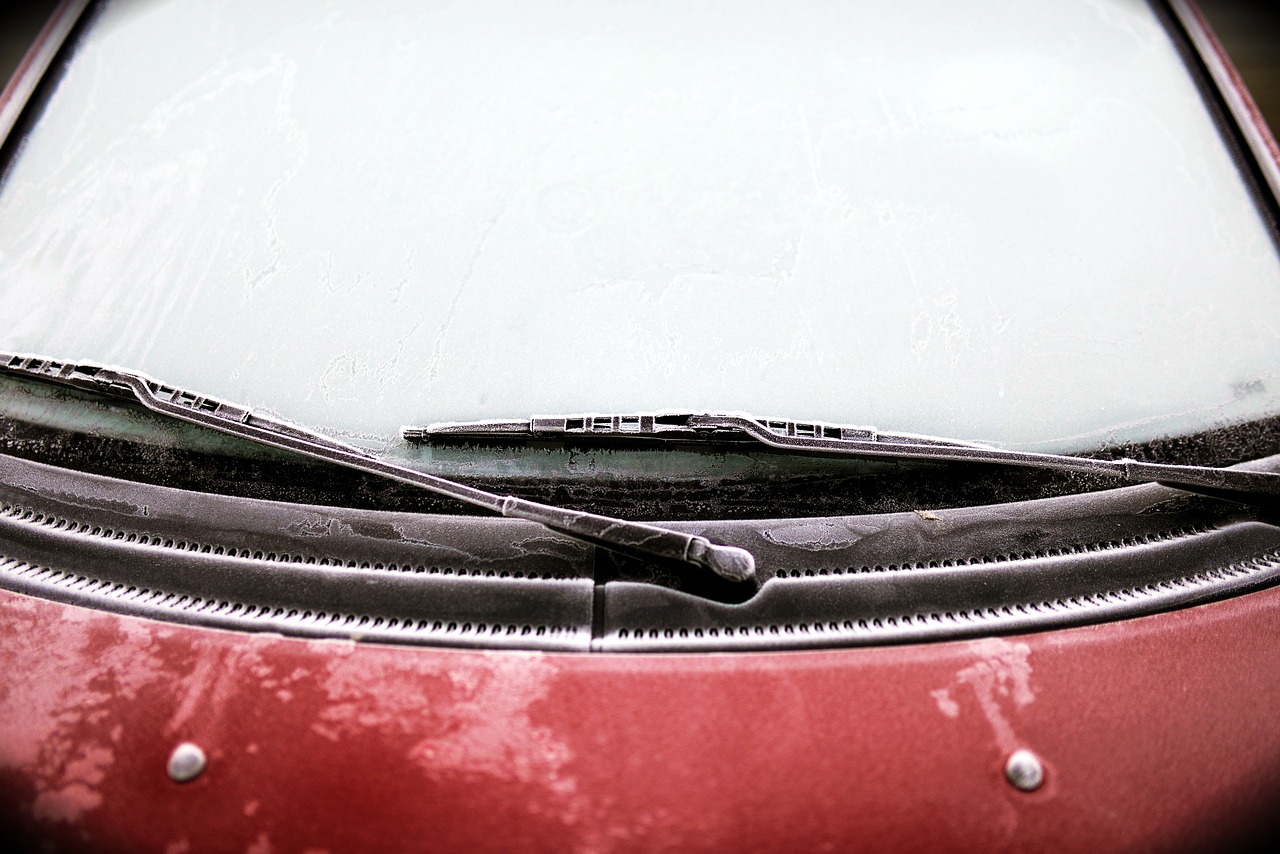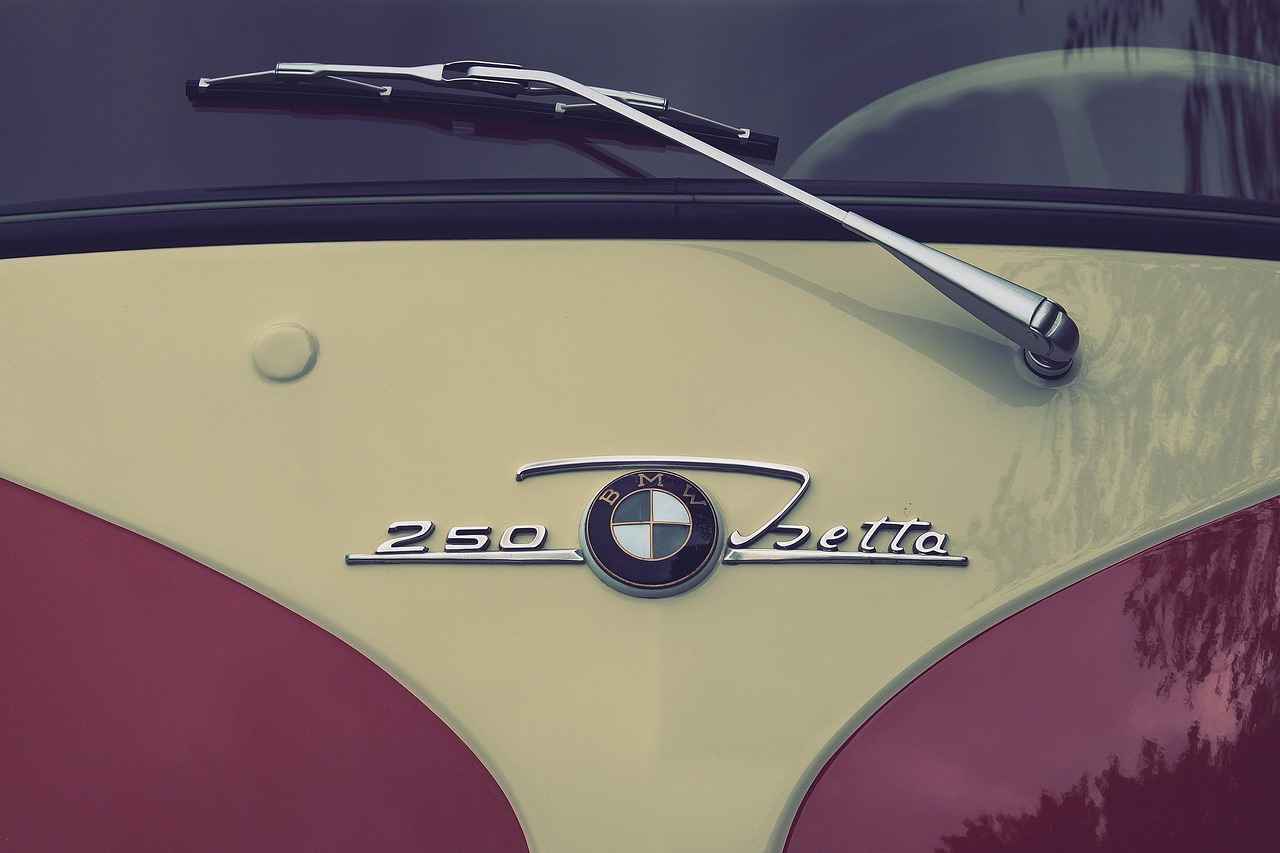Eyeglass Windshield Wipers: Can They Improve Your Vision in the Rain?
This article delves into the innovative concept of eyeglass windshield wipers, exploring their potential to enhance visibility during rainy conditions and assessing their practicality for everyday users. As weather conditions can dramatically affect our ability to see clearly, these devices may offer a unique solution for those who rely on corrective lenses.
Eyeglass windshield wipers are specialized attachments designed to clear rain and moisture from the lenses of glasses. These devices aim to improve visibility for wearers in adverse weather conditions, making them particularly useful for drivers, cyclists, and pedestrians.
These innovative devices typically utilize a small motorized mechanism that mimics the function of car windshield wipers. By effectively sweeping away water and debris, they help maintain clear vision, which is crucial during heavy rainfall or when encountering sudden downpours.
Most eyeglass windshield wipers are crafted from lightweight materials such as plastics and metals. This ensures durability while also keeping the wipers comfortable for daily wear. The lightweight nature of these materials also helps in reducing any additional strain on the wearer’s nose or ears.
Compatibility can vary significantly among different models. While many eyeglass windshield wipers are designed to fit standard frames, some may require specific types or sizes of eyewear for effective use. It’s essential for users to check compatibility before making a purchase to ensure optimal functionality.
Most eyeglass windshield wipers operate on small batteries or rechargeable power sources. This design makes them convenient and easy to use without the need for cumbersome wiring. Some advanced models may even feature solar-powered options, providing an eco-friendly alternative.
- Enhanced Visibility: The primary advantage is the significant improvement in visibility during rain, which enhances safety for both drivers and pedestrians.
- Convenience: Having clear lenses without needing to wipe them manually can be a game-changer in sudden weather changes.
- Increased Comfort: Users can enjoy a more comfortable experience without the distraction of blurred vision.
While beneficial, these devices may have limitations such as:
- Potential Bulkiness: Some users may find that the added weight or size of the wipers alters the feel of their glasses.
- Battery Life Concerns: Depending on usage, battery life can be a concern, requiring regular charging or replacement.
- Maintenance Needs: Regular upkeep is necessary to ensure optimal performance, including cleaning the wiper blades and checking the motor.
Some users may find that the addition of wipers alters the look of their glasses. For those who prioritize style alongside functionality, this could be a significant consideration. Manufacturers are increasingly aware of aesthetic preferences and are designing sleeker models to blend seamlessly with various styles of eyewear.
Pricing can vary widely based on brand and features. Some models are more affordable, while others may offer advanced technology at a premium cost. Users should weigh the benefits against the price to determine the best option for their needs.

What Are Eyeglass Windshield Wipers?
Eyeglass windshield wipers represent a fascinating innovation in the realm of eyewear technology. These specialized attachments are crafted to address a common challenge faced by many glasses wearers: maintaining clear vision during rainy or wet conditions. By effectively clearing moisture from the lenses, they aim to enhance visibility, thereby improving safety and comfort for users.
Eyeglass windshield wipers are unique devices designed to attach to eyeglasses, functioning similarly to traditional car windshield wipers. Their primary purpose is to sweep away rain, snow, or condensation that can obstruct vision. By utilizing a compact and efficient mechanism, these wipers can provide a clearer line of sight for individuals navigating through adverse weather.
The operation of eyeglass windshield wipers typically involves a small, motorized mechanism. This mechanism mimics the action of car windshield wipers, employing a rubber blade that glides across the lens surface to remove moisture and debris. Users can activate the wipers with a simple button, allowing for quick adjustments in visibility whenever needed.
Most eyeglass windshield wipers are constructed from lightweight materials such as high-quality plastics and metals. This choice of materials ensures durability while maintaining comfort for daily use. The design aims to be discreet, minimizing any added weight or bulk that could detract from the typical eyewear experience.
Compatibility is a crucial factor when considering eyeglass windshield wipers. Many models are designed to fit standard frames, while others may cater to specific styles or sizes. It is advisable for potential users to check compatibility details before making a purchase to ensure optimal functionality.
Most eyeglass windshield wipers are powered by small batteries or rechargeable power sources. This feature allows for ease of use without the hassle of cumbersome wiring. Users can conveniently replace batteries or recharge the device, ensuring that it remains functional whenever needed.
- Enhanced Visibility: The primary benefit is improved clarity during rain, significantly increasing safety for both drivers and pedestrians.
- Convenience: Quick activation allows users to maintain clear vision without needing to wipe their lenses manually.
- Increased Comfort: By reducing the need for constant lens cleaning, users can enjoy a more comfortable experience while wearing their glasses.
Despite their advantages, eyeglass windshield wipers may present some limitations. Users might find them slightly bulky, which can affect the overall aesthetic of their eyewear. Additionally, battery life can be a concern, as frequent use may require regular recharging or battery replacement. Maintenance is also necessary to ensure the wipers function optimally over time.
Some users may be concerned about how the addition of wipers alters the look of their glasses. While many designs are sleek and unobtrusive, personal style preferences may influence whether individuals choose to adopt this technology. It’s essential to consider both functionality and aesthetics when selecting eyeglass windshield wipers.
The pricing for eyeglass windshield wipers can vary significantly based on brand, features, and technology. Basic models may be more affordable, while advanced versions equipped with innovative features could command a higher price. Potential users should weigh these costs against the benefits provided to determine the best option for their needs.

How Do Eyeglass Windshield Wipers Work?
Eyeglass windshield wipers are an innovative solution designed to improve visibility for glasses wearers during rainy conditions. The effectiveness of these devices lies in their ability to mimic the function of traditional car windshield wipers, providing a clear view by removing water and debris from the lenses. In this section, we will delve deeper into how eyeglass windshield wipers work and the technology behind them.
These remarkable devices utilize a small motorized mechanism that operates similarly to car windshield wipers. The mechanism is typically comprised of a lightweight motor that powers a set of flexible blades, which sweep across the lenses to ensure they remain clear. This process is essential for maintaining optimal vision during adverse weather conditions.
- Motorized Action: At the heart of the eyeglass windshield wipers is a compact motor that activates the wiper blades. When engaged, the motor drives the blades in a back-and-forth motion, effectively clearing away rain and moisture.
- Blade Design: The blades used in these devices are crafted from durable, flexible materials that can conform to the lens surface. This design ensures that they can effectively remove water without scratching or damaging the lenses.
- Water Detection Sensors: Some advanced models come equipped with sensors that detect moisture on the lenses. These sensors can automatically activate the wipers when rain is detected, providing hands-free convenience for the user.
Furthermore, the power source for these devices is another critical aspect. Most eyeglass windshield wipers are powered by small batteries or rechargeable power sources, allowing for a compact design that does not compromise the wearer’s comfort. Users can easily replace batteries or recharge the device as needed, making it practical for everyday use.
In terms of installation, eyeglass windshield wipers are designed to be user-friendly. They can typically be attached to standard eyeglass frames without the need for professional assistance. This ease of use makes them accessible for a wide range of users, from casual wearers to those who rely heavily on their glasses.
While the primary function of these devices is to enhance visibility, they also bring a level of safety that is particularly beneficial for individuals who drive or engage in outdoor activities during rainy weather. By ensuring a clear line of sight, eyeglass windshield wipers can help prevent accidents caused by impaired vision.
However, it is essential to consider some limitations. For example, the bulkiness of certain models may be a drawback for users who prefer lightweight eyewear. Additionally, the battery life can vary, and regular maintenance may be required to keep the wipers functioning optimally.
In conclusion, eyeglass windshield wipers represent a fascinating intersection of technology and everyday life. By understanding how these devices work, users can make informed decisions about their potential benefits and limitations. As innovation continues to evolve in this space, we may see even more advanced features that enhance the functionality and appeal of eyeglass windshield wipers.
What Materials Are Used in Eyeglass Windshield Wipers?
Eyeglass windshield wipers are an innovative solution designed to address a common issue faced by eyeglass wearers during rainy weather. These specialized attachments aim to enhance visibility by effectively clearing water and debris from the lenses. Understanding the materials used in the construction of these devices is crucial for evaluating their durability, comfort, and overall functionality.
Eyeglass windshield wipers are typically crafted from a combination of lightweight materials, ensuring they are both durable and comfortable for everyday use. The most common materials include:
- Plastics: High-quality plastics such as polycarbonate and ABS (Acrylonitrile Butadiene Styrene) are often utilized due to their lightweight nature and resistance to impact. These plastics are not only flexible but also provide a degree of water resistance, making them ideal for use in wet conditions.
- Metals: Some components may incorporate metals like aluminum or stainless steel, which add strength and stability to the wipers. These metals are chosen for their corrosion resistance and ability to withstand various weather conditions without compromising performance.
- Rubber: The wiper blades themselves often feature a rubber edge that ensures a smooth, effective sweep across the lenses. This rubber is typically designed to be abrasion-resistant to prevent scratching the eyewear while maintaining optimal contact with the lens surface.
The use of lightweight materials is particularly important for eyeglass windshield wipers as they need to be comfortably worn for extended periods. Heavy devices can lead to discomfort, making them impractical for daily use. By utilizing lightweight components, manufacturers ensure that these wipers do not add unnecessary weight to the eyeglasses, allowing for a more natural and comfortable fit.
The choice of materials directly impacts the performance of eyeglass windshield wipers. For instance, the use of high-quality plastics and rubber ensures that the wipers can effectively clear water without leaving streaks or residue. Additionally, the integration of metals provides the necessary durability to withstand regular use, ensuring that the wipers can perform reliably over time.
As the demand for innovative eyewear solutions grows, so does the need for sustainable materials. Some manufacturers are beginning to explore biodegradable plastics and recycled materials in their designs, aiming to reduce environmental impact while maintaining functionality. This shift towards eco-friendly materials not only appeals to environmentally conscious consumers but also reflects the industry’s commitment to sustainability.
Research and development in the field of eyeglass windshield wipers continue to evolve. Future innovations may include the incorporation of smart technology, such as sensors that detect rain and activate the wipers automatically. Furthermore, advancements in material science could lead to even lighter and more durable options, enhancing the overall user experience.
In summary, the materials used in eyeglass windshield wipers play a fundamental role in their effectiveness, comfort, and sustainability. As technology progresses, we can expect to see even more innovative solutions that enhance visibility for eyeglass wearers in challenging weather conditions.
Are They Compatible with All Types of Eyeglasses?
When considering the innovative technology of eyeglass windshield wipers, one of the most pressing questions is about their compatibility with various eyewear. This aspect can significantly influence a user’s experience and the overall effectiveness of the device. Understanding the compatibility of these wipers is essential for potential users who rely on glasses for vision correction.
Compatibility varies widely among different models of eyeglass windshield wipers. Many designs are created to fit standard frames, which are commonly found in the market. These standard frames typically include popular styles such as rectangular, oval, and round shapes, making them suitable for a majority of eyeglass wearers. However, users with unique or non-standard frame designs may face challenges in finding compatible wipers.
What Types of Eyewear Require Special Consideration?
- Sport-Specific Glasses: Glasses designed for sports or outdoor activities often have specialized shapes and materials that may not accommodate standard wiper designs.
- Fashion Frames: High-fashion frames can sometimes be more intricate and may not provide the necessary surface area for effective wiper attachment.
- Safety Glasses: Industrial or safety eyewear might have unique features that complicate the fitting of wipers.
For effective use, some models may require specific types or sizes of eyewear. This means that users should carefully check the product specifications before making a purchase. Some manufacturers provide detailed compatibility charts or guidelines, which can help users determine whether their eyewear can accommodate the wipers.
Can Adjustments Be Made for Better Fit?
In some cases, users may find that minor adjustments can improve the fit of the wipers on their glasses. This could involve using different attachment methods or customizing the wiper arms to align better with the frame. However, these modifications should be approached with caution to avoid damaging the eyewear.
What Should You Look For When Choosing Wipers?
- Frame Size: Ensure the wipers are suitable for the size of your frames.
- Attachment Mechanism: Look for models that offer versatile attachment options.
- User Reviews: Check feedback from other users with similar eyewear to gauge compatibility.
While the technology behind eyeglass windshield wipers is promising, users must prioritize compatibility to ensure they can effectively enhance visibility during rainy conditions. By understanding the various factors that influence compatibility and making informed choices, eyeglass wearers can maximize the benefits of this innovative accessory.
How Are They Powered?
Eyeglass windshield wipers are revolutionizing the way we maintain clear vision during inclement weather. One of the most appealing features of these innovative devices is their power source. Most eyeglass windshield wipers operate on small batteries or rechargeable power sources, making them both convenient and user-friendly.
The choice of battery type significantly impacts the overall performance and usability of eyeglass windshield wipers. Common battery options include:
- Standard Alkaline Batteries: These are widely available and easy to replace, offering a decent lifespan for casual users.
- Rechargeable Lithium-Ion Batteries: These batteries provide a longer operational time and can be recharged multiple times, making them a more sustainable option.
- Solar-Powered Models: Some advanced eyeglass wipers utilize solar panels to harness energy from sunlight, allowing for extended use without the need for traditional batteries.
One of the standout features of eyeglass windshield wipers is their wireless operation. This design eliminates the need for cumbersome wiring, allowing users to enjoy enhanced mobility without being tethered to a power source. The lightweight construction of these devices ensures that they do not add significant weight to the glasses, making them comfortable for all-day wear.
For rechargeable models, charging is typically straightforward. Many come with a USB charging cable, making it easy to connect to a power bank, laptop, or wall adapter. Users should be aware of the following:
- Charging Time: Most rechargeable batteries take between 1 to 3 hours to fully charge.
- Battery Life: Depending on usage, a fully charged battery can last anywhere from several hours to a full day of continuous use.
- Regular Maintenance: It’s essential to keep the wipers clean and free from debris to ensure optimal performance and longevity.
While the convenience of battery-powered eyeglass windshield wipers is undeniable, users should consider a few factors:
- Battery Replacement: For models using standard batteries, users must be prepared to replace them periodically, which can incur additional costs.
- Weight Distribution: The placement of the battery can affect the overall balance of the glasses, so it’s essential to choose a model that maintains comfort.
- Weather Resistance: Ensure that the wipers and their components are designed to withstand moisture, as they will be used primarily in wet conditions.
In summary, the power sources for eyeglass windshield wipers play a crucial role in their functionality and user experience. With advancements in technology, these devices are becoming increasingly efficient, allowing users to enjoy clear vision without the hassle of traditional methods. Whether opting for battery replacements or choosing a rechargeable option, the convenience of these innovative tools significantly enhances visibility during rain, making them a valuable addition for anyone who wears glasses.
What Are the Benefits of Using Eyeglass Windshield Wipers?
Eyeglass windshield wipers represent a groundbreaking innovation in optical technology, designed to enhance visibility for glasses wearers during adverse weather conditions. One of the most significant benefits of these wipers is their ability to improve safety for both drivers and pedestrians during rainy weather. In particular, when heavy downpours occur, visibility can become severely compromised. Eyeglass windshield wipers help mitigate this risk by keeping lenses clear of water and debris.
When rain falls, it can create a hazardous environment for anyone who relies on glasses for clear vision. Water droplets can obstruct the lens, leading to blurriness and reduced peripheral vision. Eyeglass windshield wipers actively clear away moisture, ensuring that wearers maintain a clear line of sight. This is particularly crucial for drivers, as even a momentary lapse in visibility can lead to dangerous situations on the road.
Using eyeglass windshield wipers can also boost confidence for individuals who frequently find themselves in rainy conditions. Knowing that their vision will remain unobstructed allows wearers to navigate their surroundings with greater ease. This can be especially beneficial for those who engage in outdoor activities or commute in unpredictable weather, as it reduces the anxiety that often accompanies poor visibility.
Another advantage of eyeglass windshield wipers is their convenience. These devices are typically lightweight and designed for easy attachment to a variety of eyeglass frames. Many models require minimal setup and can be activated with a simple switch. This user-friendly design means that individuals can quickly adapt to changing weather conditions without needing to fumble with a cloth or seek shelter.
While the primary focus is often on drivers, pedestrians also benefit significantly from improved visibility. Clear lenses allow for better awareness of one’s surroundings, reducing the likelihood of accidents. For instance, pedestrians can more easily notice vehicles approaching at intersections or navigate crowded sidewalks, making their overall experience safer.
Modern eyeglass windshield wipers are constructed from durable materials that can withstand the rigors of daily use. This durability ensures that the wipers remain effective over time, providing a reliable solution for wearers during repeated exposure to rain and moisture. Additionally, many models are designed to be water-resistant, further enhancing their lifespan and functionality.
Beyond just driving and walking, eyeglass windshield wipers can be beneficial in various scenarios. For example, they can be useful for cyclists, motorcyclists, or anyone who spends extended periods outdoors. By ensuring clear vision in all weather conditions, these wipers can enhance the overall experience of outdoor activities, making them more enjoyable and less stressful.
In summary, the benefits of using eyeglass windshield wipers extend far beyond just improved visibility during rain. They enhance safety for drivers and pedestrians, increase confidence, and offer a practical solution for maintaining clear vision in adverse weather. As technology advances, these innovative devices may become a standard feature for eyeglass wearers seeking to navigate the world safely and comfortably.
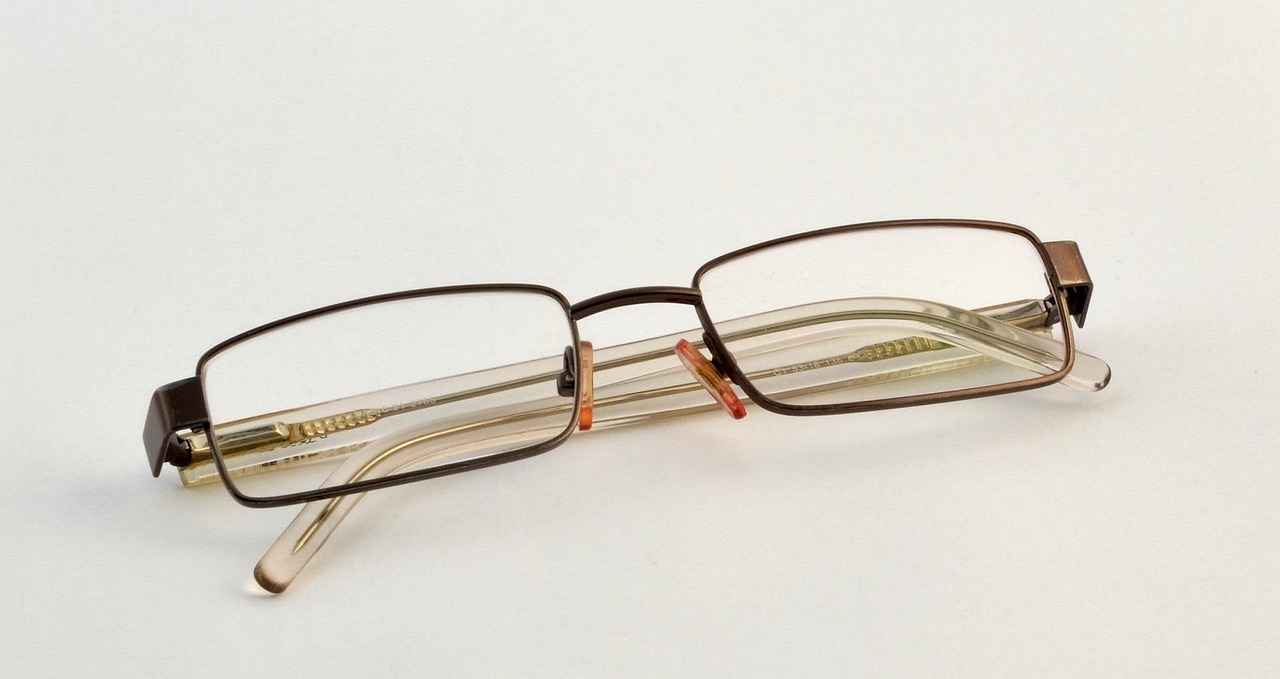
Are There Any Limitations to Eyeglass Windshield Wipers?
Eyeglass windshield wipers present an innovative solution for enhancing visibility during rainy weather. However, like any technology, they come with their own set of challenges and limitations. Understanding these limitations is crucial for potential users to make informed decisions.
- Bulkiness: One of the primary concerns with eyeglass windshield wipers is their potential bulkiness. While designed to be lightweight, some models may still add extra weight or protrude from the frame, which can be uncomfortable for long-term wear.
- Battery Life: Many eyeglass wipers operate on batteries, which raises concerns regarding battery life. Users may find themselves needing to replace or recharge batteries frequently, especially during extended use in inclement weather.
- Maintenance Requirements: To ensure optimal performance, regular maintenance is essential. This includes cleaning the wiper blades and checking the motor function, which can be an inconvenience for users who prefer low-maintenance eyewear.
- Compatibility Issues: Not all eyeglass frames are compatible with windshield wipers. Users may need to invest in specific models or modifications, which can limit their options and lead to additional costs.
- Cost Considerations: Advanced models with better features may come at a premium price. Users should weigh the cost against the benefits to determine if the investment is worthwhile.
The limitations of eyeglass windshield wipers can significantly affect user experience. For instance, users who prioritize comfort may find bulkier designs cumbersome, leading to dissatisfaction. Additionally, frequent battery replacements can be a hassle, detracting from the convenience that these devices aim to provide.
While the limitations are notable, there are potential solutions that manufacturers and users can consider:
- Streamlined Designs: Manufacturers are continually working on creating more streamlined designs that minimize bulk while maximizing functionality. Users should look for newer models that prioritize comfort.
- Longer-lasting Batteries: Investing in models that feature long-lasting or rechargeable batteries can alleviate concerns over frequent replacements, providing a more seamless user experience.
- Regular Maintenance Tips: Users can familiarize themselves with simple maintenance routines to keep their devices in top condition, ensuring they function effectively when needed most.
- Compatibility Guides: Manufacturers can provide detailed compatibility guides to help users select the right model for their eyeglasses, reducing confusion and enhancing satisfaction.
Before making a purchase, potential users should consider several factors:
- Personal Comfort: Assess how the additional weight or design may affect daily wear.
- Frequency of Use: Determine how often they will be needed to justify the investment.
- Budget Constraints: Evaluate available options within their budget, balancing cost with desired features.
In summary, while eyeglass windshield wipers offer a unique solution for improving visibility in rainy conditions, they come with limitations that users should carefully consider. By understanding these challenges and exploring potential solutions, users can make informed decisions that enhance their overall experience.
How Do They Affect the Aesthetics of Eyeglasses?
The integration of eyeglass windshield wipers into everyday eyewear is a fascinating innovation aimed at enhancing visibility during inclement weather. However, one aspect that often comes into play is the impact these wipers can have on the overall aesthetics of eyeglasses. This consideration is particularly significant for users who value both style and functionality.
For many wearers, the visual appeal of their eyeglasses is just as important as their practical benefits. The addition of windshield wipers can indeed alter the appearance of frames. Users may notice that the wipers introduce a bulky element to the design, which might not align with their personal style. Some may feel that the wipers detract from the sleek look of modern eyewear, while others might appreciate the unique and innovative aspect they bring.
Compatibility plays a crucial role in maintaining the aesthetic appeal of eyeglasses fitted with wipers. Generally, standard frames may accommodate these attachments more seamlessly than others. However, users with more intricate or designer frames may find that the wipers clash with the original design. It’s essential to consider how the wipers integrate with the overall style of the glasses to ensure that the final look remains appealing.
Customization options are available for some models of eyeglass windshield wipers. This can include various colors and designs that can complement or even enhance the existing style of the eyeglasses. For those who are particularly concerned about aesthetics, opting for customizable wipers might be a viable solution to maintain a fashionable appearance while benefiting from improved visibility in the rain.
Feedback from users often highlights a divided opinion regarding the trade-off between aesthetics and functionality. Some prioritize clear vision in adverse weather conditions and are willing to compromise on style. Others, however, may choose to forgo wipers entirely if they feel that their appearance would be negatively impacted. This highlights the importance of personal preference in the decision-making process when considering these innovative attachments.
For those who are particularly style-conscious, there are alternative solutions to traditional eyeglass windshield wipers. Products such as anti-fogging sprays and water-repellent coatings can help maintain clear vision without altering the physical appearance of the glasses. These options might be more appealing to users who wish to preserve the aesthetic integrity of their eyewear while still addressing visibility challenges.
In summary, the addition of eyeglass windshield wipers can significantly impact the aesthetics of eyeglasses. While they offer undeniable practical benefits, users must weigh these against their personal style preferences. Ultimately, the choice to integrate wipers into eyewear should be based on individual needs, balancing functionality with visual appeal.
What Are the Costs Associated with Eyeglass Windshield Wipers?
When considering the purchase of eyeglass windshield wipers, one of the most significant factors to evaluate is the cost. Pricing can vary widely based on brand, design, and features. Understanding the different price ranges can help potential buyers make an informed decision that fits their budget and needs.
Generally, eyeglass windshield wipers can be categorized into three main price tiers:
- Budget Models: These typically range from $20 to $50. They may offer basic functionality without advanced features. Ideal for casual users or those wanting to try the technology without a significant investment.
- Mid-Range Models: Priced between $50 and $100, these models often include improved materials, better battery life, and additional features such as adjustable speeds. They are suitable for regular users who require reliable performance.
- Premium Models: These can cost over $100 and may incorporate advanced technology such as automatic sensors or smartphone connectivity. They are designed for users who demand the best performance and are willing to invest in high-quality products.
Several factors can influence the pricing of eyeglass windshield wipers:
- Brand Reputation: Established brands often charge more due to their reputation for quality and reliability. Consumers may be willing to pay a premium for products from trusted manufacturers.
- Technology Features: Advanced features such as automatic operation, multiple speed settings, and enhanced battery life can increase the price. Buyers should consider how much they value these features in their daily use.
- Materials Used: Higher-quality materials, such as durable metals or advanced plastics, can raise production costs, which may be reflected in the retail price.
- Design and Aesthetics: Some models are designed to be more visually appealing, which can also affect the price. Consumers may choose to pay more for a product that aligns with their personal style.
Eyeglass windshield wipers can be purchased from various sources, including:
- Online Retailers: Websites like Amazon and specialized eyewear retailers often have a wide selection and competitive pricing.
- Optical Stores: Local optical shops may offer these products, allowing customers to see and test them before purchasing.
- Direct from Manufacturers: Some brands sell directly through their websites, which can sometimes lead to better deals or exclusive models.
When determining whether to invest in eyeglass windshield wipers, consider the potential benefits alongside the costs. For those who frequently find themselves in rainy conditions, these devices can significantly enhance visibility and safety. However, for occasional users, the lower-priced models may suffice.
Ultimately, the decision should be based on individual needs, budget, and the importance of enhanced visibility during inclement weather. By understanding the various options available, consumers can make a choice that best fits their lifestyle and preferences.
Frequently Asked Questions
- Can eyeglass windshield wipers really improve my vision in the rain?
Absolutely! Eyeglass windshield wipers are designed to clear away rain and moisture, giving you a clearer view when the weather gets nasty. Think of them as your personal rain shield, ensuring you can see clearly when you need it the most.
- Are eyeglass windshield wipers easy to use?
Yes, they are! Most models come with a simple operation, often powered by small batteries or rechargeable sources. Just like flicking a switch, you can activate them to keep your lenses clear without any hassle.
- Will they fit my glasses?
Compatibility can vary, so it’s essential to check if the model you’re interested in is designed for your specific frame type. Some are universal, while others may cater to particular styles, so do your homework!
- What are the downsides of using eyeglass windshield wipers?
While they offer fantastic benefits, there can be some drawbacks. They might feel a bit bulky on your glasses, and battery life can be a concern if you’re using them frequently. Regular maintenance is also key to keeping them in tip-top shape!
- How much do eyeglass windshield wipers cost?
Pricing varies widely. You can find budget-friendly options, but if you’re looking for advanced features, be prepared to spend a bit more. It’s all about finding the right balance between functionality and budget!

